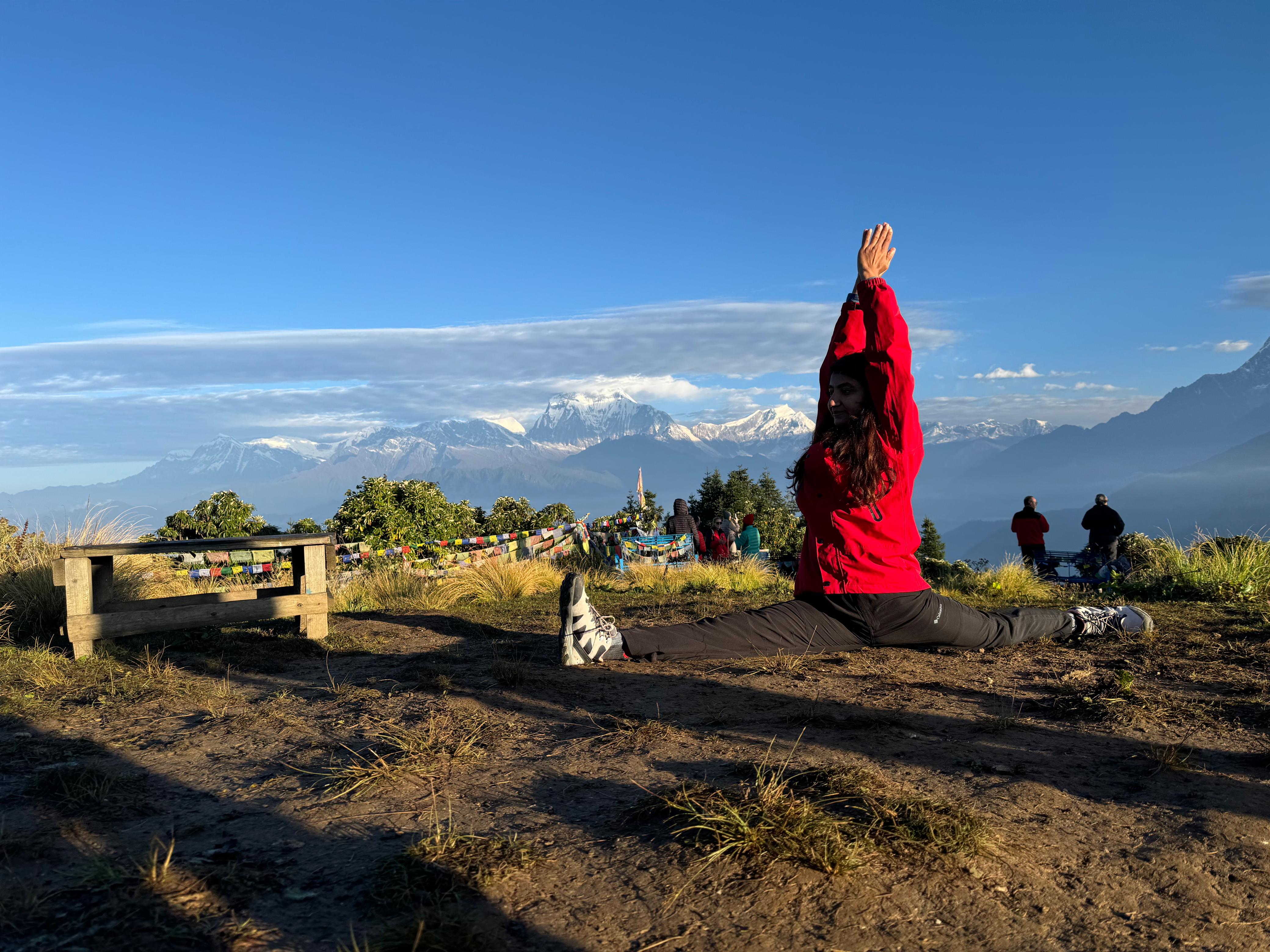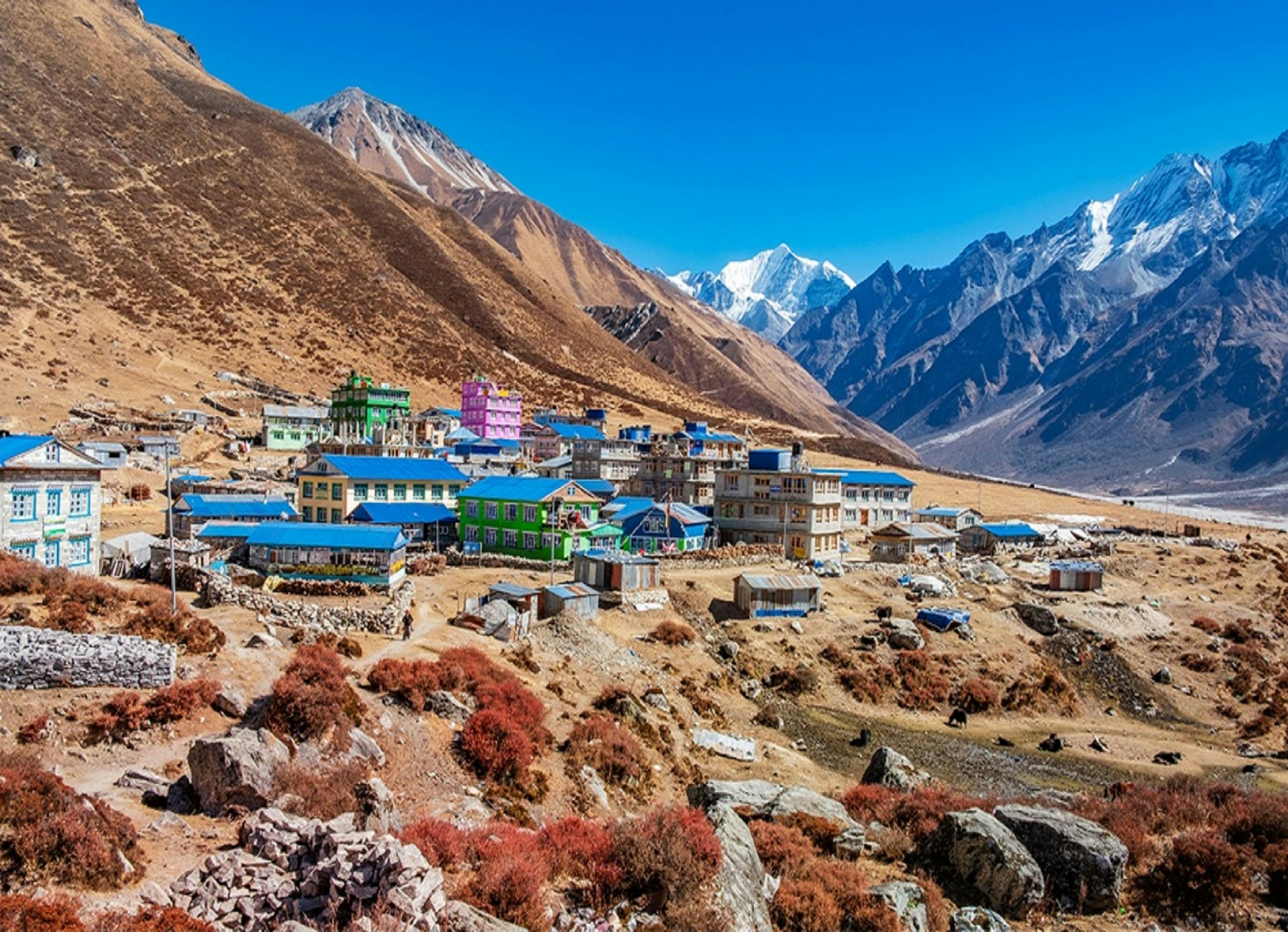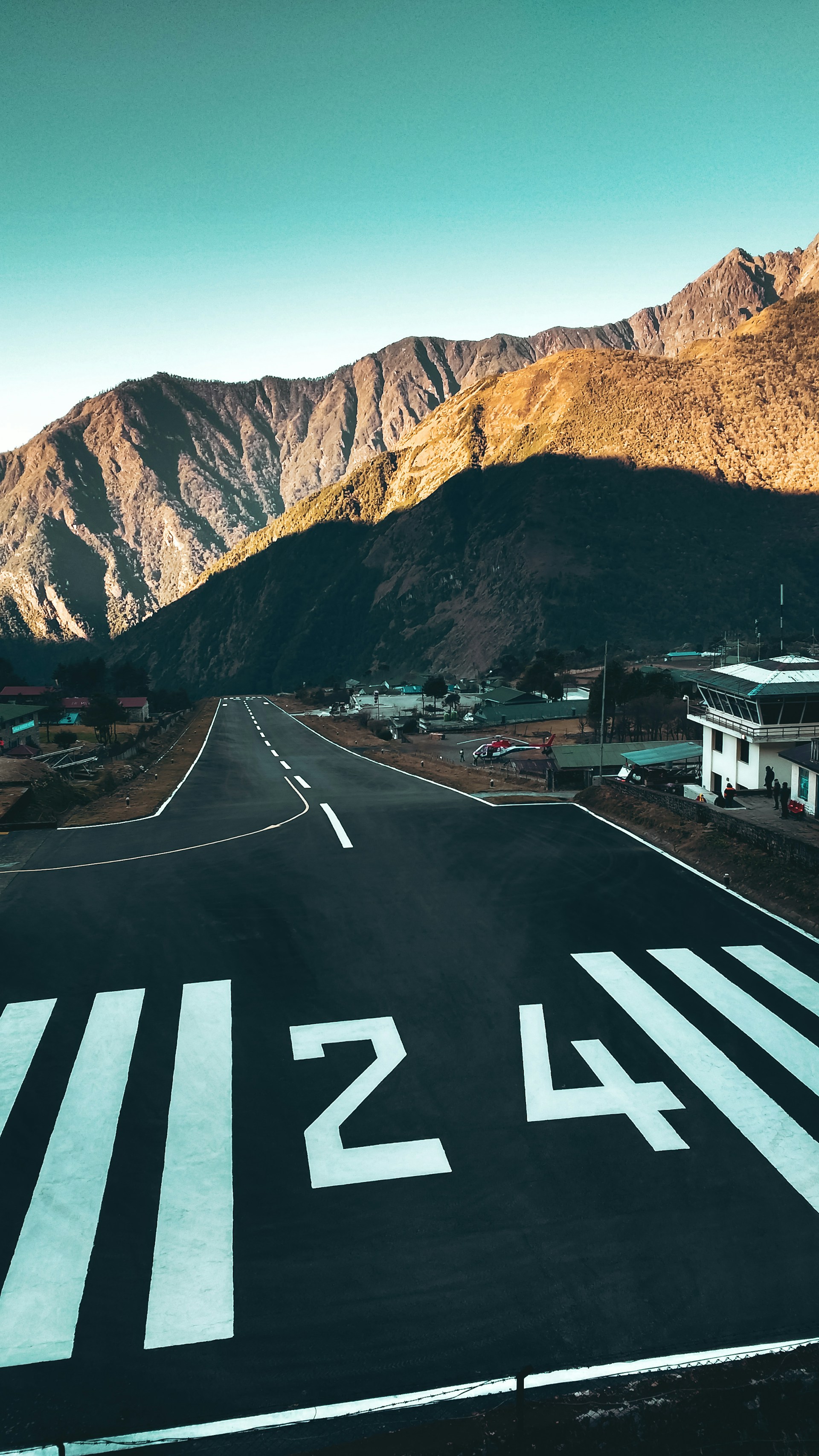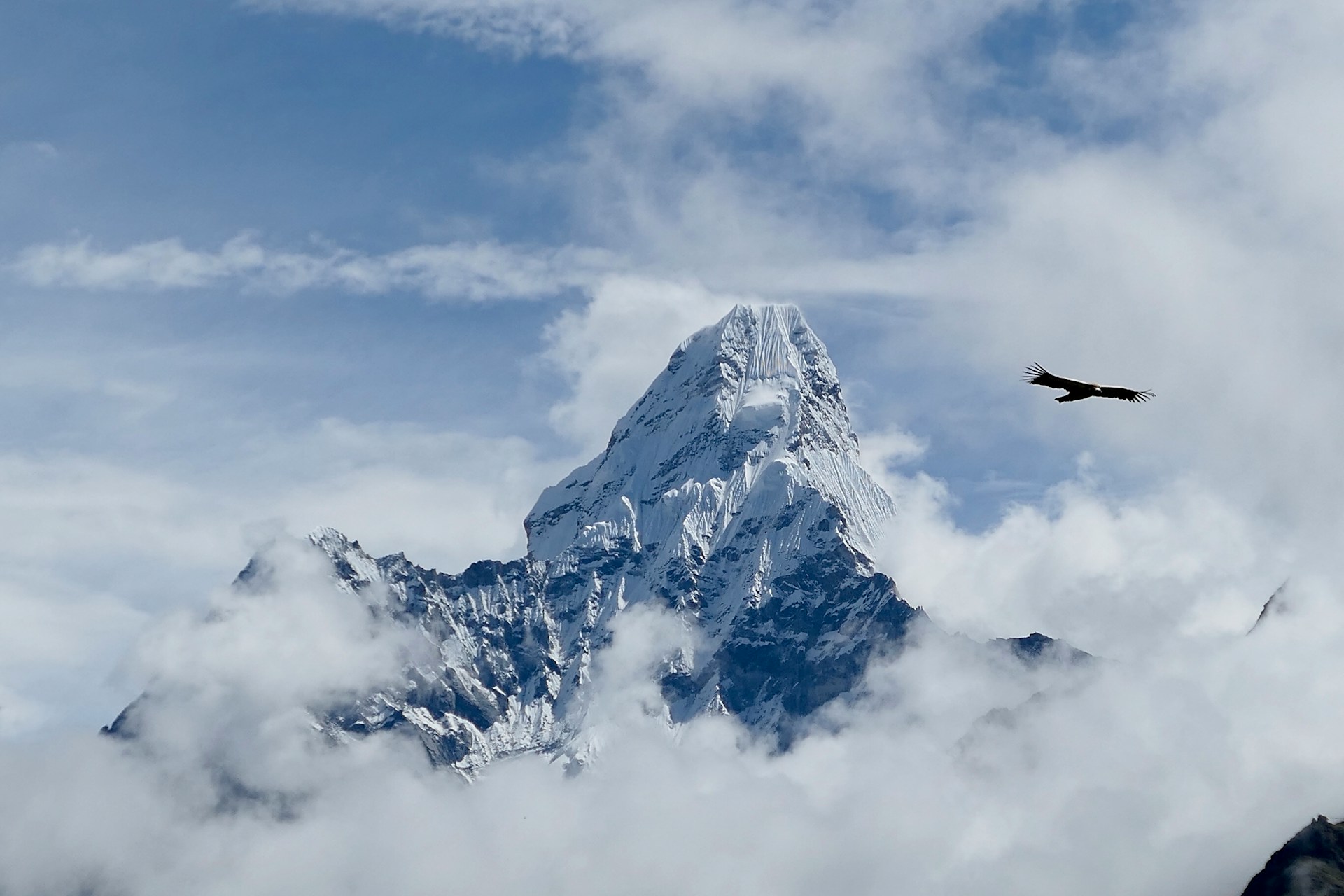The Annapurna region in Nepal is a dream destination for trekking enthusiasts, featuring two iconic adventures: the Annapurna Base Camp (ABC) Trek and the Annapurna Circuit Trek. Both treks are renowned for their stunning scenery, diverse landscapes, and immersive cultural experiences. But how do they compare? In this guide, we’ll explore the differences in scenery, difficulty, duration, and cultural immersion between these two unforgettable journeys. Whether you're a seasoned hiker or a curious first-timer, this comparison will help you choose the perfect trek in the heart of Nepal’s majestic Annapurna region.
Annapurna Base Camp Trek vs. Annapurna Circuit Trek: Which Adventure is Right for You?
The Annapurna Base Camp Trek and the Annapurna Circuit Trek are two of the most iconic trekking routes in the Annapurna region of Nepal, each offering a unique blend of natural beauty and cultural depth. Both treks provide incredible experiences, but choosing the right one differs in terms of scenery, difficulty, duration, and cultural immersion. Here, we’ll compare these two epic journeys to help you decide which one suits you best.
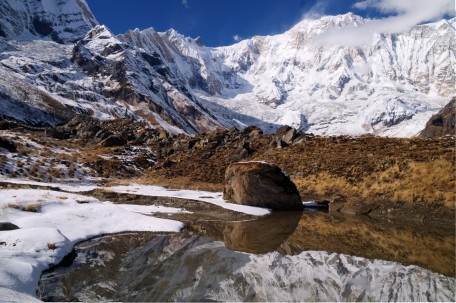
Experience the breathtaking beauty of the Annapurna Sanctuary, where towering peaks, lush valleys, and crystal-clear streams create a mesmerizing natural wonder. Perfect for trekkers seeking a truly unforgettable adventure.
Annapurna Base Camp (ABC) Trek
The Annapurna Base Camp (ABC) Trek is a popular adventure lasting between 7 to 12 days, reaching a height of 4,130 meters (13,550 feet) at the base camp. This trek, considered moderately challenging, starts and ends in Pokhara, with the usual starting points being Nayapul or Ghandruk. The best times to embark on this trek are from March to May and September to November.
Throughout the ABC trek, you’ll be treated to close-up views of the Annapurna Massif, Machapuchare (Fishtail), Hiunchuli, and other impressive peaks. The journey takes you through traditional Gurung and Magar villages, offering a deep dive into local culture. The trail winds through dense rhododendron forests, terraced fields, and areas rich with diverse flora and fauna, showcasing a variety of landscapes over a relatively short distance.
Many trekkers also include a visit to Poon Hill via Ghorepani, which is one of the most famous viewpoints in Nepal. Poon Hill provides stunning panoramic views of the surrounding snow-capped peaks and is a highlight of the region.
The ABC trek is easily accessible from Pokhara, making it a convenient and shorter trek. Along the way, trekkers can find accommodation in numerous teahouses and lodges. However, be prepared for crowded trails during the peak trekking seasons. Unlike the Annapurna Circuit, the ABC trek has a lower maximum altitude, meaning it doesn’t pose as intense an altitude challenge, making it a more accessible option for many trekkers.
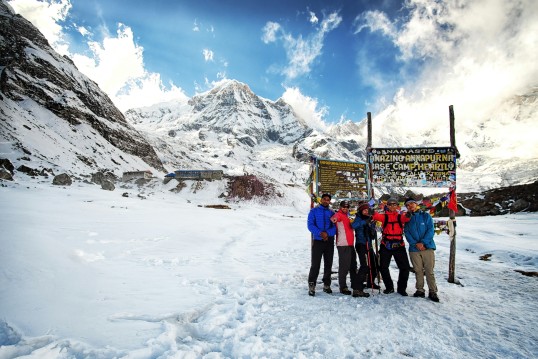
Cherish unforgettable moments with a group photo at Annapurna Base Camp, surrounded by stunning Himalayan peaks and the serene beauty of nature's grandeur.
Overview
- Difficulty: Moderate
- Duration: 7-12 days
- Maximum Altitude: 4,130 meters (13,550 feet) at Annapurna Base Camp
- Starting/Ending Point: Usually begins and ends in Pokhara, with the trek starting from Nayapul - Birethanti - Tikhedhunga.
- Best Time to Visit: March to May and September to November
Highlights
- Breathtaking Scenery: close-up views of the Annapurna Massif, Machapuchare (Fishtail), Hiunchuli, and other towering peaks.
- Cultural Encounters: Walk through traditional Gurung and Magar villages, experiencing the local culture and hospitality.
- Natural Wonders: Trek through dense rhododendron forests, terraced fields, and regions rich in diverse flora and fauna.
- Easy Accessibility: Conveniently accessible from Pokhara, making the trek shorter and more manageable.
- Comfortable Accommodation: Stay in teahouses and lodges along the route, providing a cozy resting place each night.
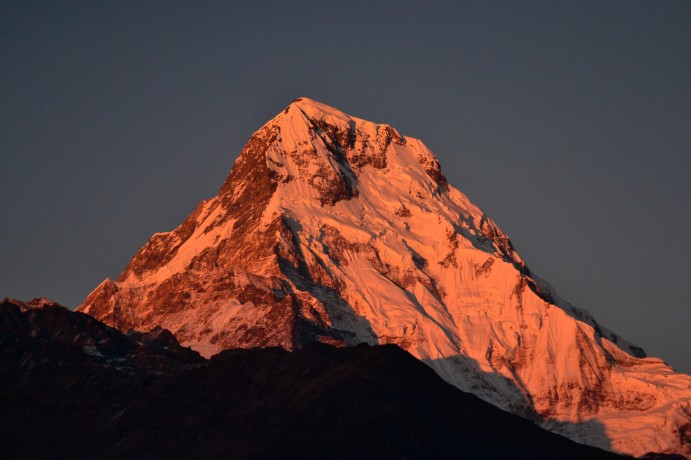
Experience the magic of a golden sunset over Annapurna, where the peaks glow in breathtaking hues, creating unforgettable moments of serenity and awe.
Annapurna Circuit Trek
The Annapurna Circuit trek is a more extensive adventure, generally taking between 14 to 21 days and reaching a peak altitude of 5,416 meters (17,769 feet) at the Thorong La Pass. Known for its demanding nature, this trek begins at Besisahar or Bhulbhule and concludes in either Pokhara or Jomsom. The optimal seasons for this trek are from March to May and September to November.
Throughout the Annapurna Circuit, trekkers are rewarded with sweeping views of the Annapurna, Dhaulagiri, and Manaslu mountain ranges, among others. The route traverses various ethnic villages, providing a rich cultural experience with interactions among Gurung, Thakali, and Tibetan communities. The diverse terrain includes everything from subtropical forests and deep river gorges to alpine regions and high-altitude deserts, ensuring a dynamic and challenging trekking experience.
A significant highlight of the trek is the opportunity to visit the famous Poon Hill viewpoint, known for its stunning sunrise views over the Himalayas. Additionally, trekkers can embark on side trips to destinations like Tilicho Lake and Ice Lake, adding to the adventure.
While the Annapurna Circuit offers unparalleled scenic and cultural diversity, it requires more time, commitment, and physical endurance compared to the ABC trek. The higher altitudes and longer duration make it a more challenging endeavor. Additionally, planning and logistics are more complex, demanding thorough preparation and consideration.
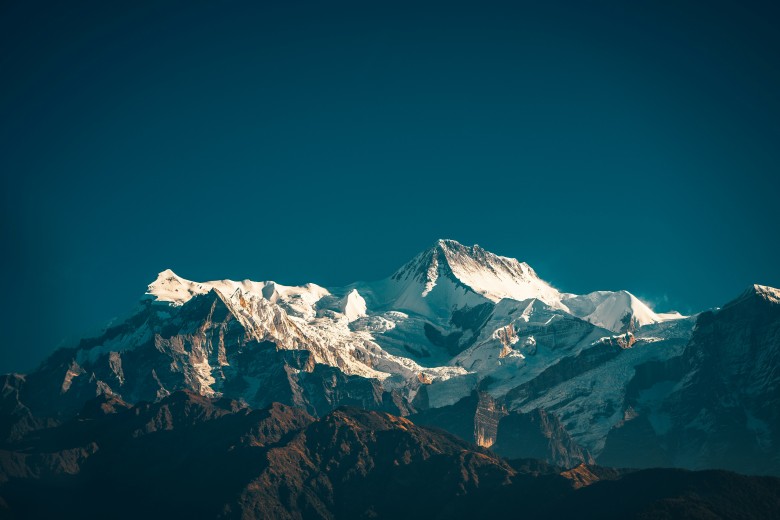
Explore the majestic Annapurna Circuit, a journey through diverse landscapes, towering peaks, and vibrant cultures, offering trekkers an unforgettable Himalayan adventure.
Overview
- Difficulty: Moderate to challenging
- Duration: 14-21 days
- Maximum Altitude: 5,416 meters (17,769 feet) at Thorong La Pass
- Starting/Ending Point: Starts from Besisahar or Bhulbhule and ends in Pokhara or Jomsom
- Best Time to Visit: March to May and September to November
Highlights
- Breathtaking Panoramas: Marvel at sweeping views of the Annapurna, Dhaulagiri, Manaslu, and other majestic peaks.
- Cultural Encounters: Traverse a variety of ethnic villages, experiencing the rich traditions of the Gurung, Thakali, and Tibetan communities.
- Stunning Natural Features: Journey through diverse landscapes, from lush subtropical forests to alpine regions, and cross the high Thorong La Pass.
- Varied Terrain: Explore a mix of rivers, deep gorges, waterfalls, and high-altitude deserts.
- Exciting Side Trips: Embark on additional adventures to stunning locations like Tilicho Lake and Ice Lake.
When deciding between the two treks, think about how much time you have, your fitness level, and what kind of experiences you’re looking for. If you're short on time, the ABC trek might be a better fit. On the other hand, if you’re up for a higher altitude challenge and want a richer cultural experience, the Annapurna Circuit could be the right choice. Both treks offer stunning views and memorable experiences, so choose based on what aligns best with your personal interests and trekking goals.
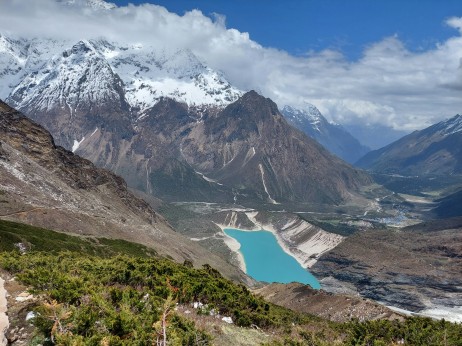
Discover a stunning pond nestled in the breathtaking Manaslu region, surrounded by serene landscapes and towering Himalayan beauty.
Choosing Between Annapurna Base Camp and Annapurna Circuit
When choosing between the Annapurna Base Camp (ABC) Trek and the Annapurna Circuit, several factors come into play. If you have limited time, the ABC trek is a more suitable option, offering a rewarding experience in a shorter time frame. In contrast, the Annapurna Circuit demands a longer commitment due to its extended duration. For those in good physical shape, the Annapurna Circuit presents a more demanding challenge, with its higher altitude and longer trek. Regarding scenic and cultural experiences, the ABC trek provides stunning close-up views of the Annapurna range, while the Annapurna Circuit delivers a richer cultural journey, showcasing a diverse array of ethnic communities and varied landscapes. Additionally, if high-altitude trekking is your goal, the Thorong La Pass on the Annapurna Circuit stands out as a major highlight, appealing to those seeking an exhilarating altitude challenge.
Which Trek Is Right for You?
Both treks provide stunning landscapes and unforgettable adventures, but the best choice depends on your available time, fitness level, and what you’re looking for in a trek. If you’re interested in experiencing both, we offer combined packages that include both the Annapurna Circuit Trek and the Annapurna Base Camp trek.
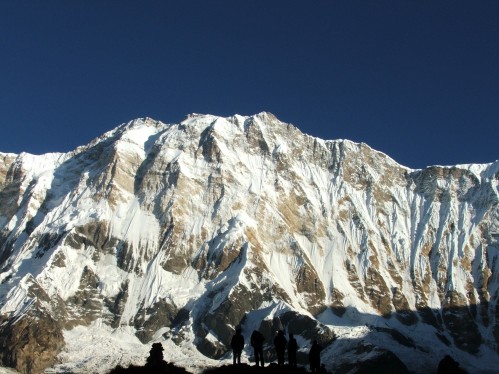
Compare iconic trails side-by-side, showcasing the diverse landscapes and experiences the region offers to trekking enthusiasts.
FAQs: Annapurna Base Camp Trek vs. Annapurna Circuit Trek
1. How long does each trek take?
- Annapurna Base Camp (ABC) Trek: 7 to 12 days
- Annapurna Circuit Trek: 14 to 21 days
2. What is the maximum altitude reached on each trek?
- ABC Trek: 4,130 meters (13,550 feet) at Annapurna Base Camp
- Annapurna Circuit Trek: 5,416 meters (17,769 feet) at Thorong La Pass
3. How difficult are the treks?
- ABC Trek: Moderate difficulty, suitable for those with a basic level of fitness
- Annapurna Circuit Trek: More challenging due to its longer duration and higher altitude, requiring better physical preparation
4. What are the best times to go on each trek?
- ABC Trek: March to May and September to November
- Annapurna Circuit Trek: March to May and September to November
5. What kind of scenery can I expect?
- ABC Trek: Close-up views of the Annapurna Massif, Machapuchare (Fishtail), Hiunchuli, and other peaks
- Annapurna Circuit Trek: Panoramic views of Annapurna, Dhaulagiri, Manaslu, and diverse landscapes from subtropical forests to high-altitude deserts
Popular Packages of Annapurna Region
Recent Blog Posts
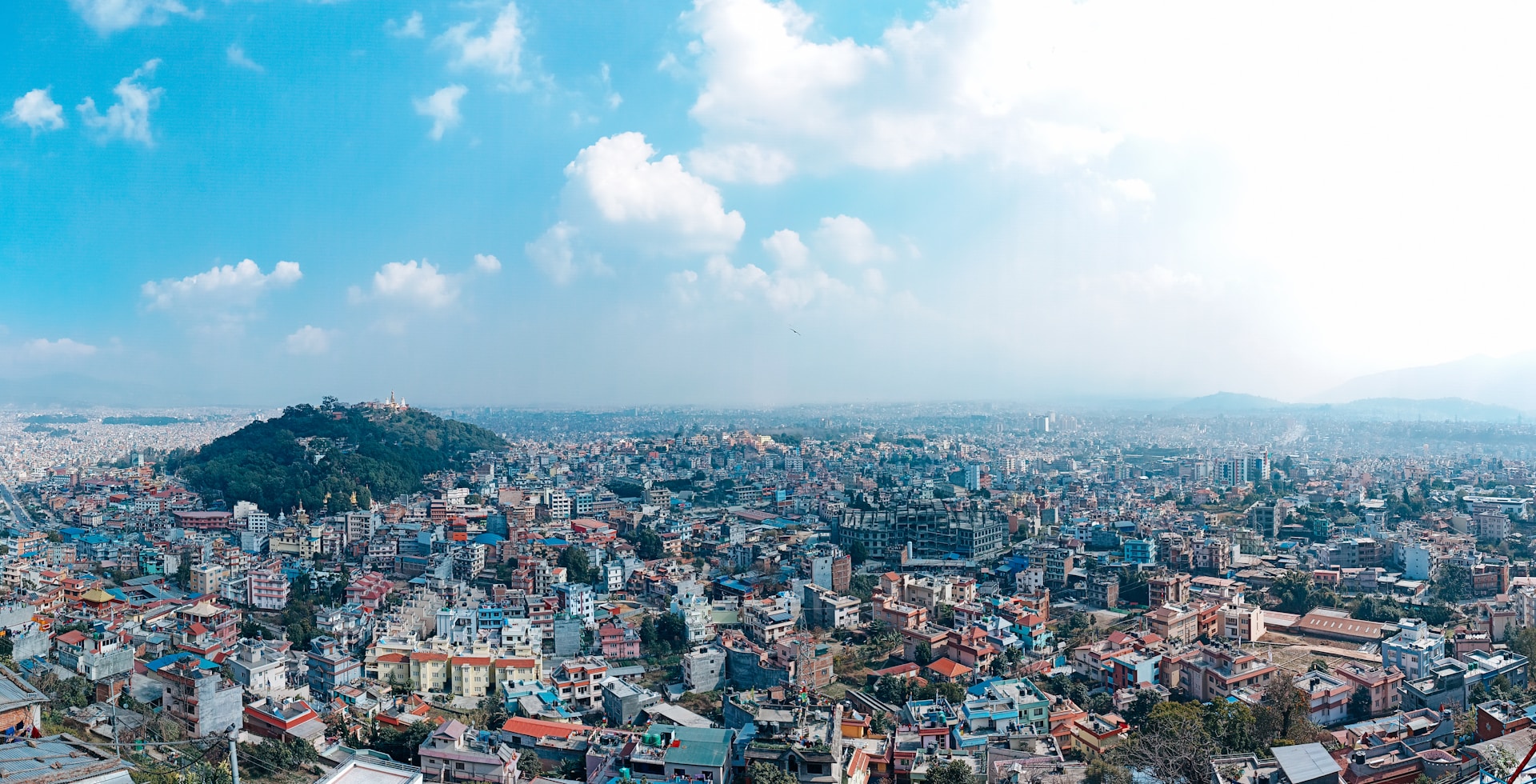
Kathmandu Valley: Exploring the Capital of Nepal
Jun 15, 2025
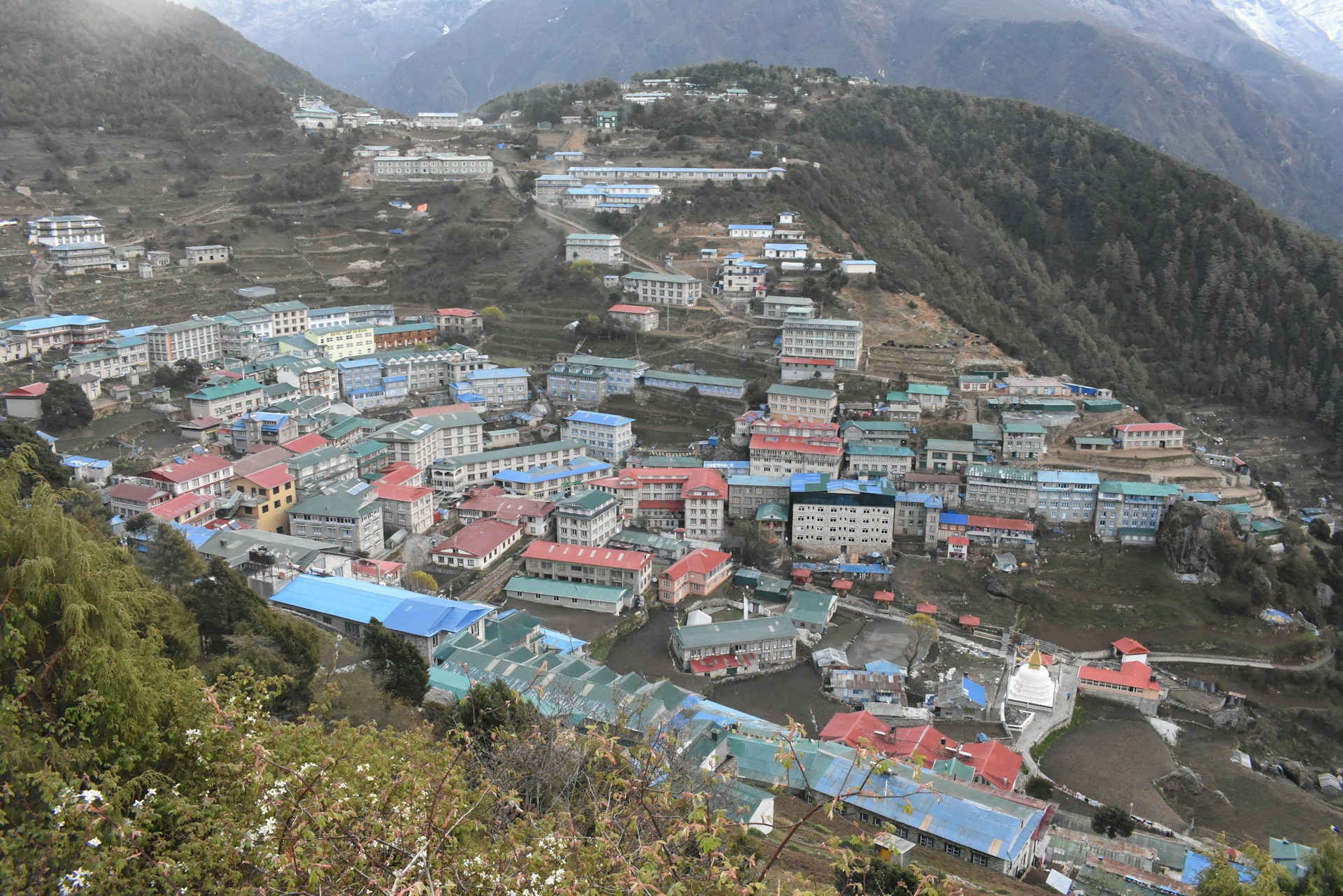
Namche Bazaar: What to Expect in the Sherpa Capital
May 20, 2025
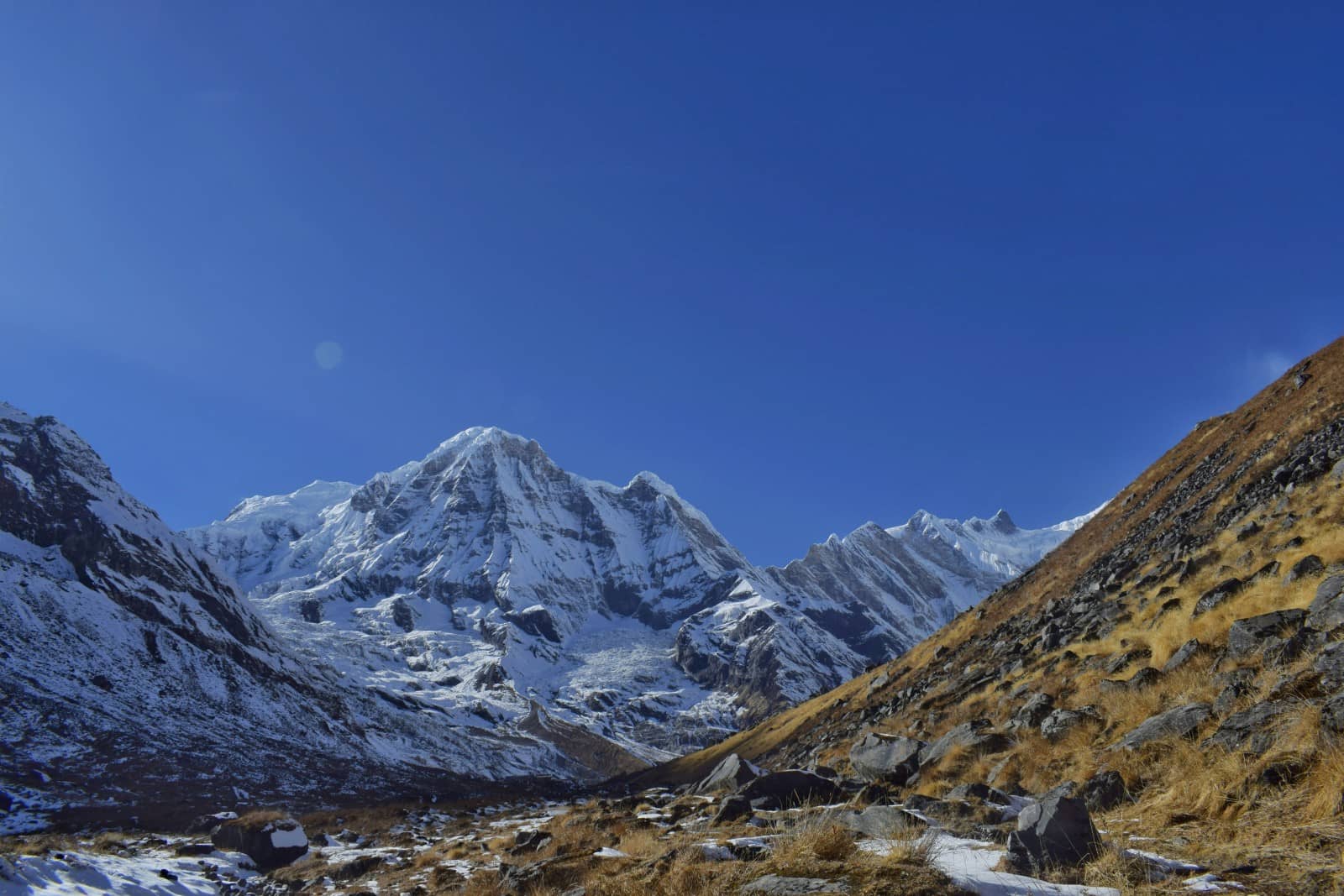
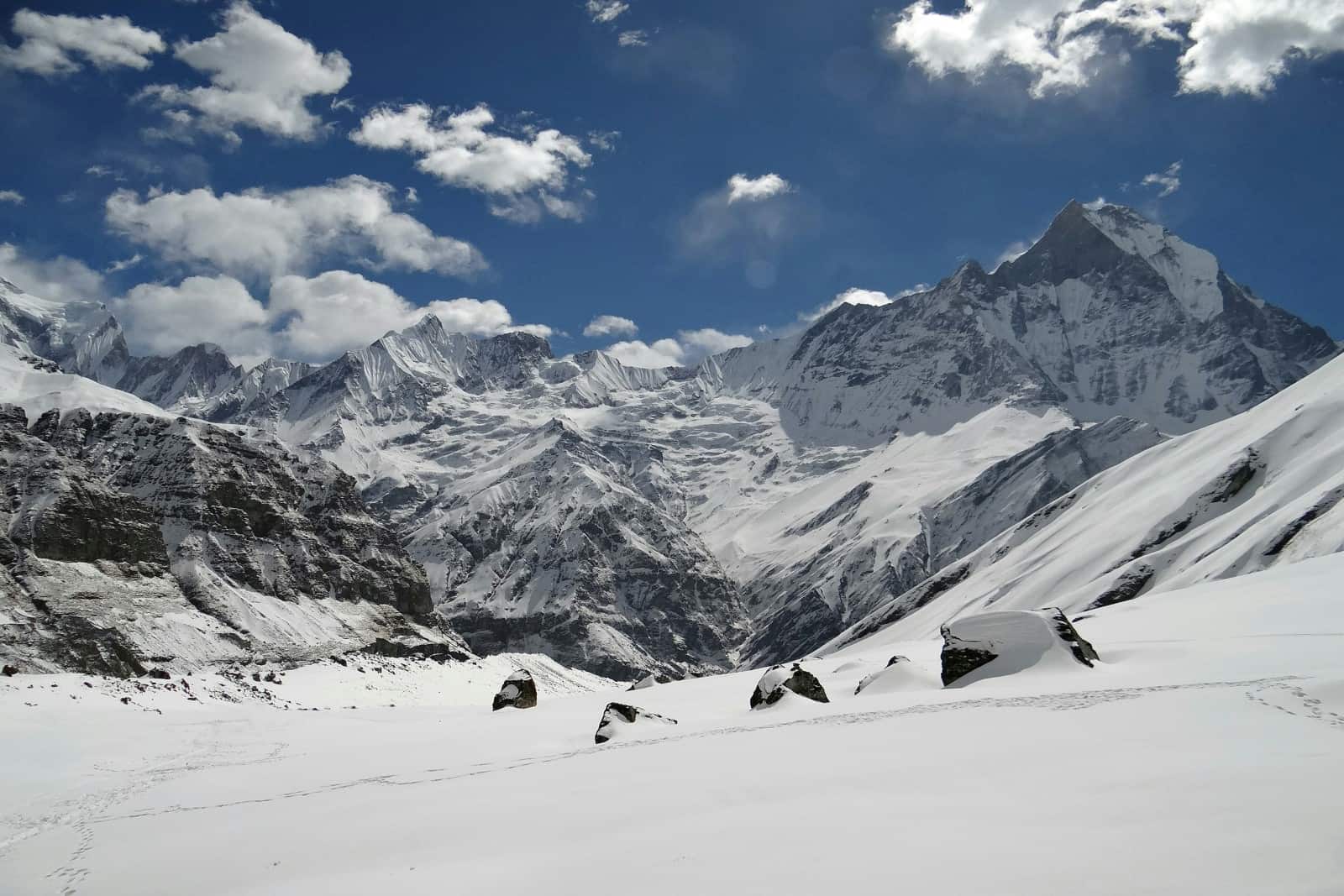

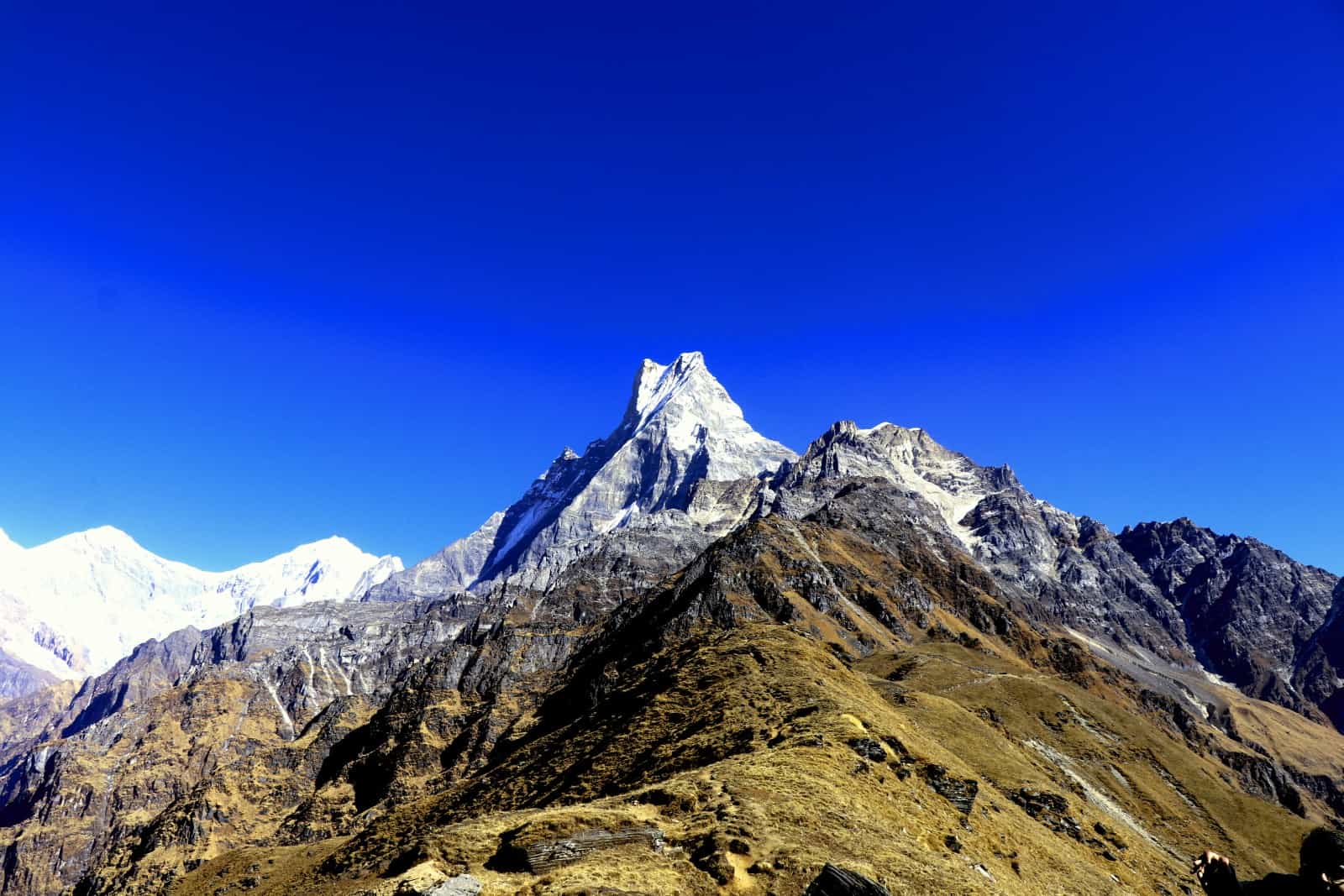
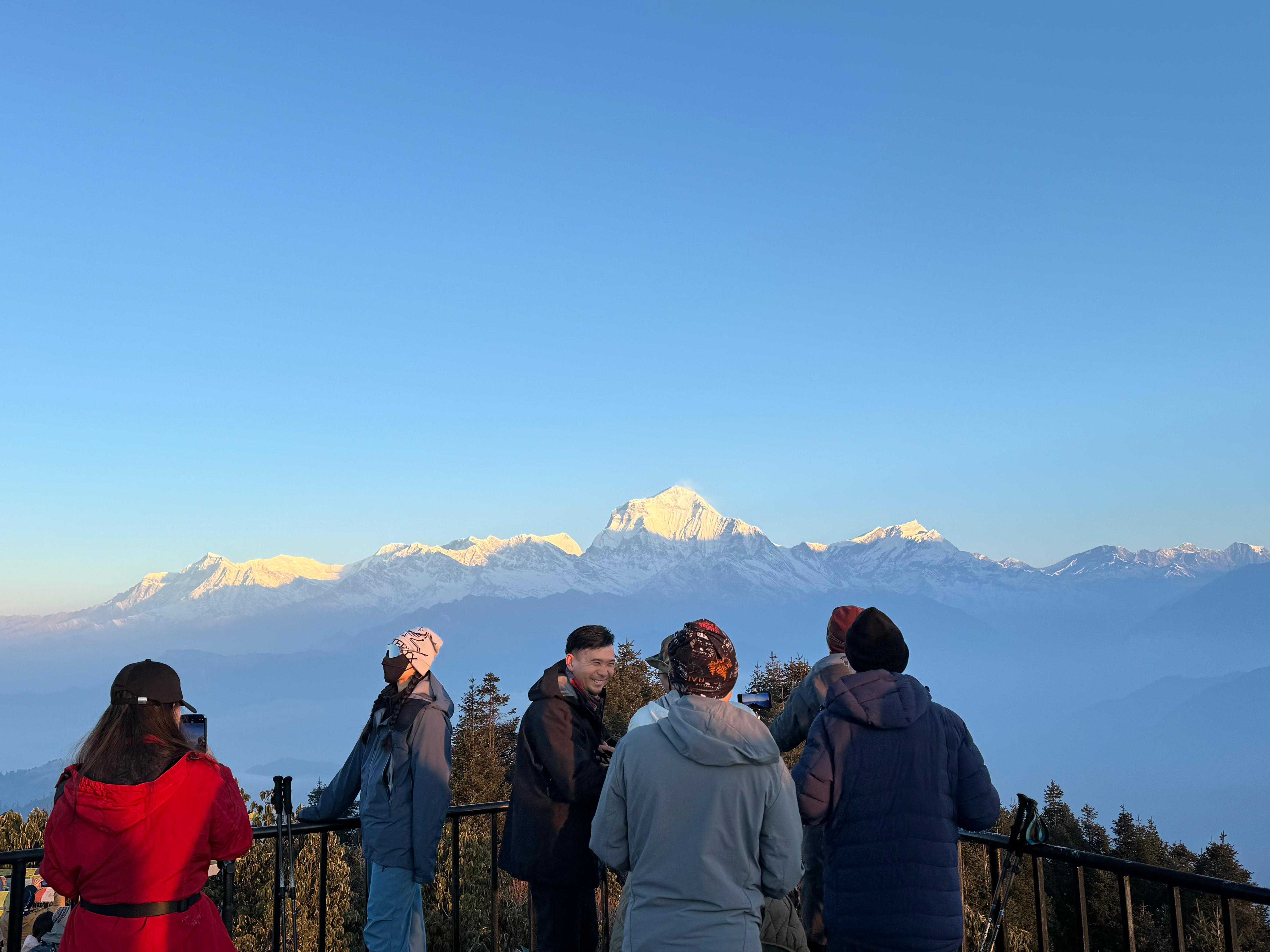
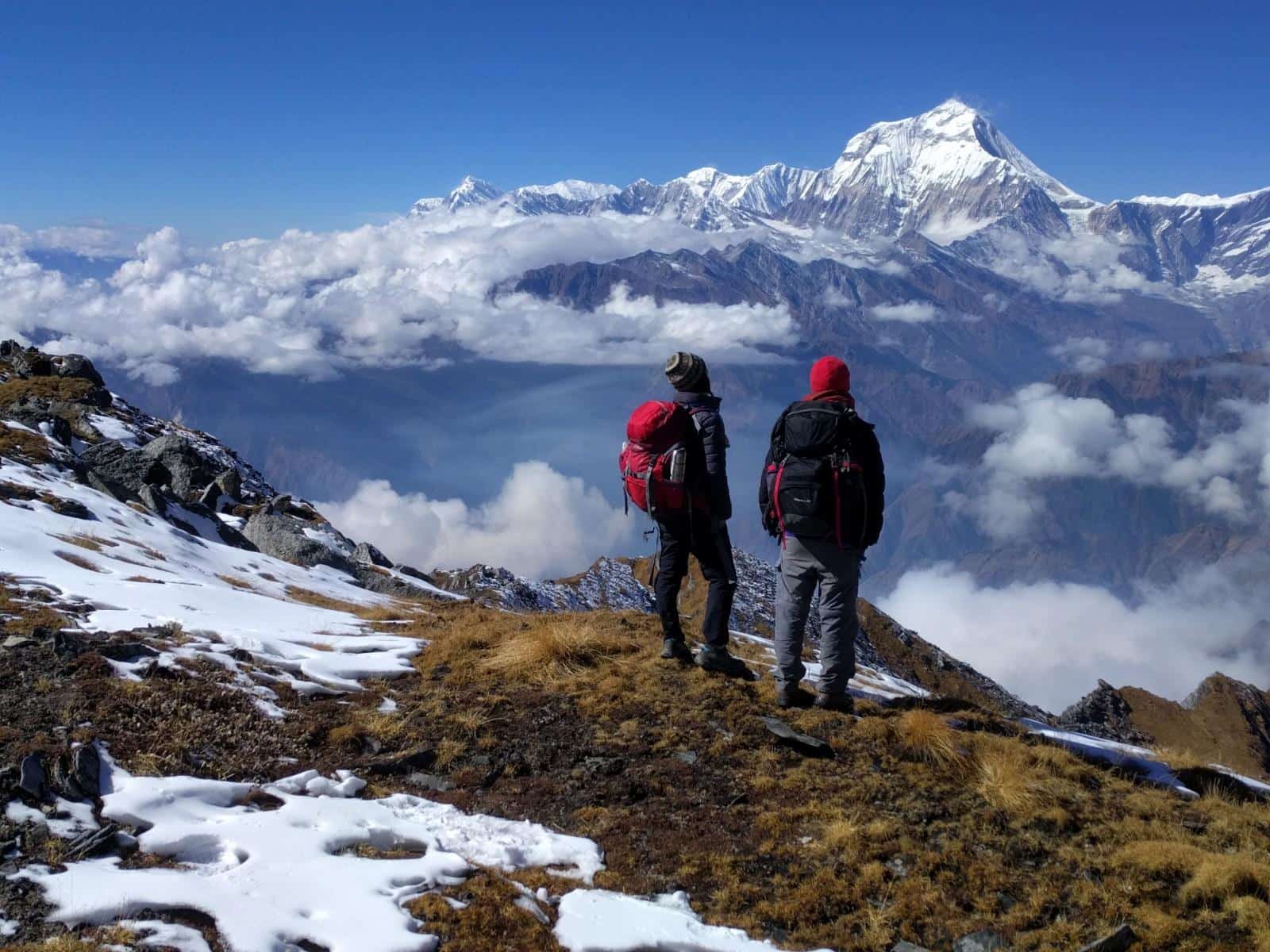
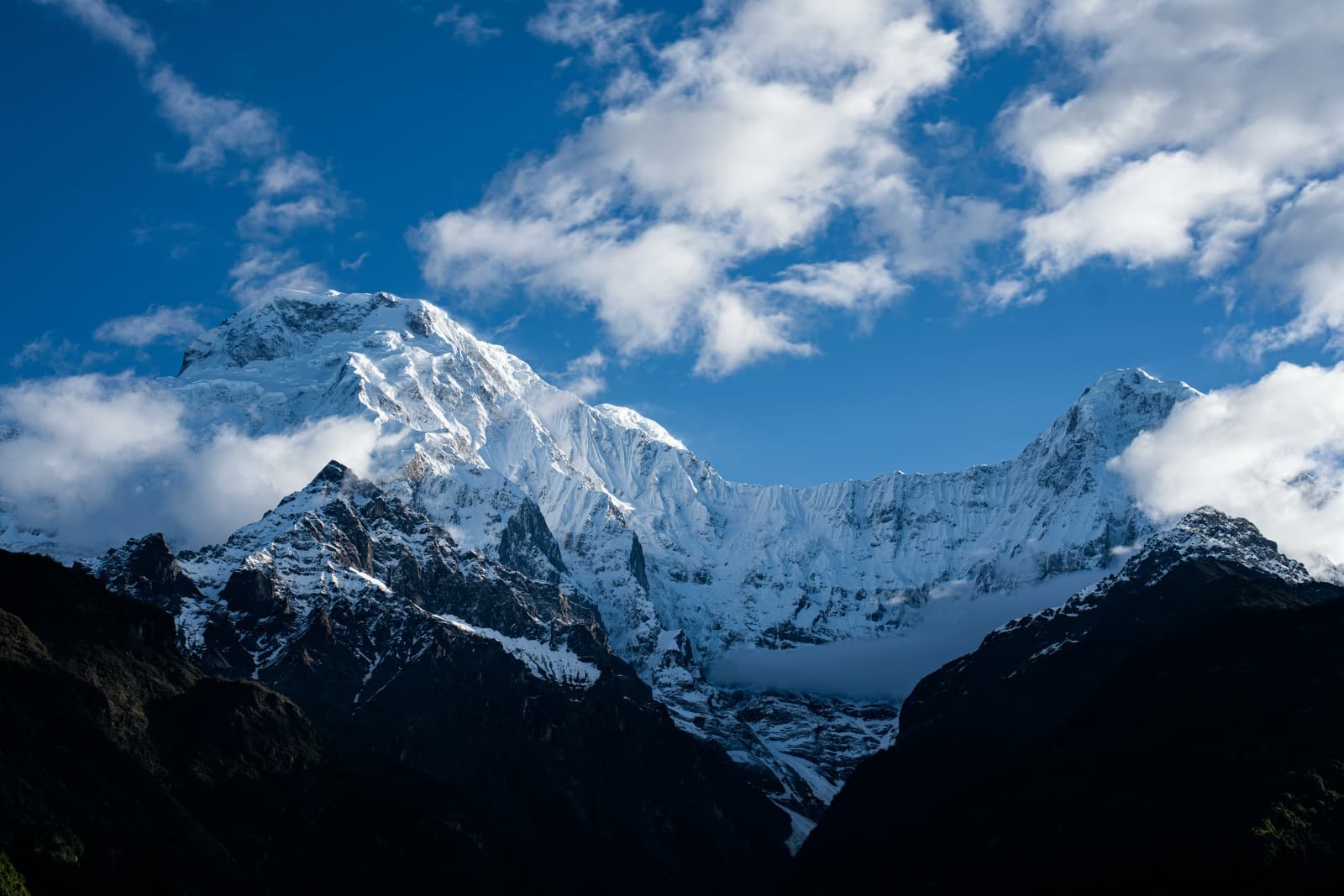
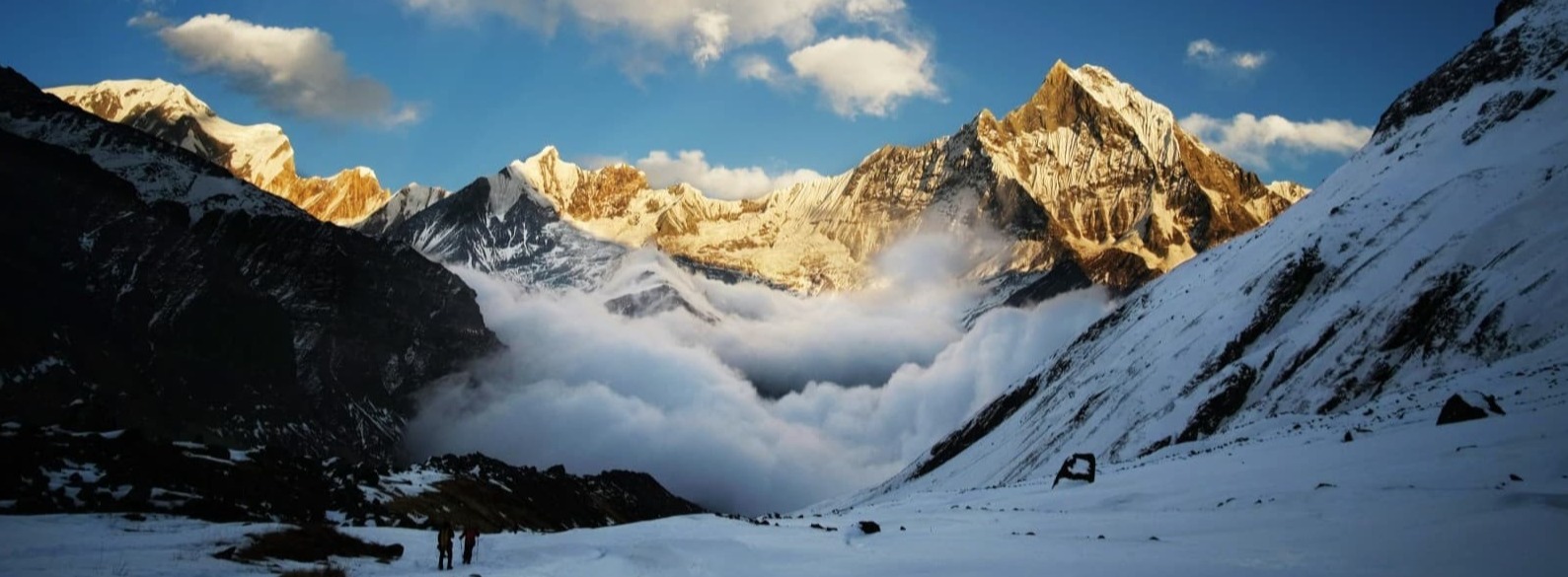
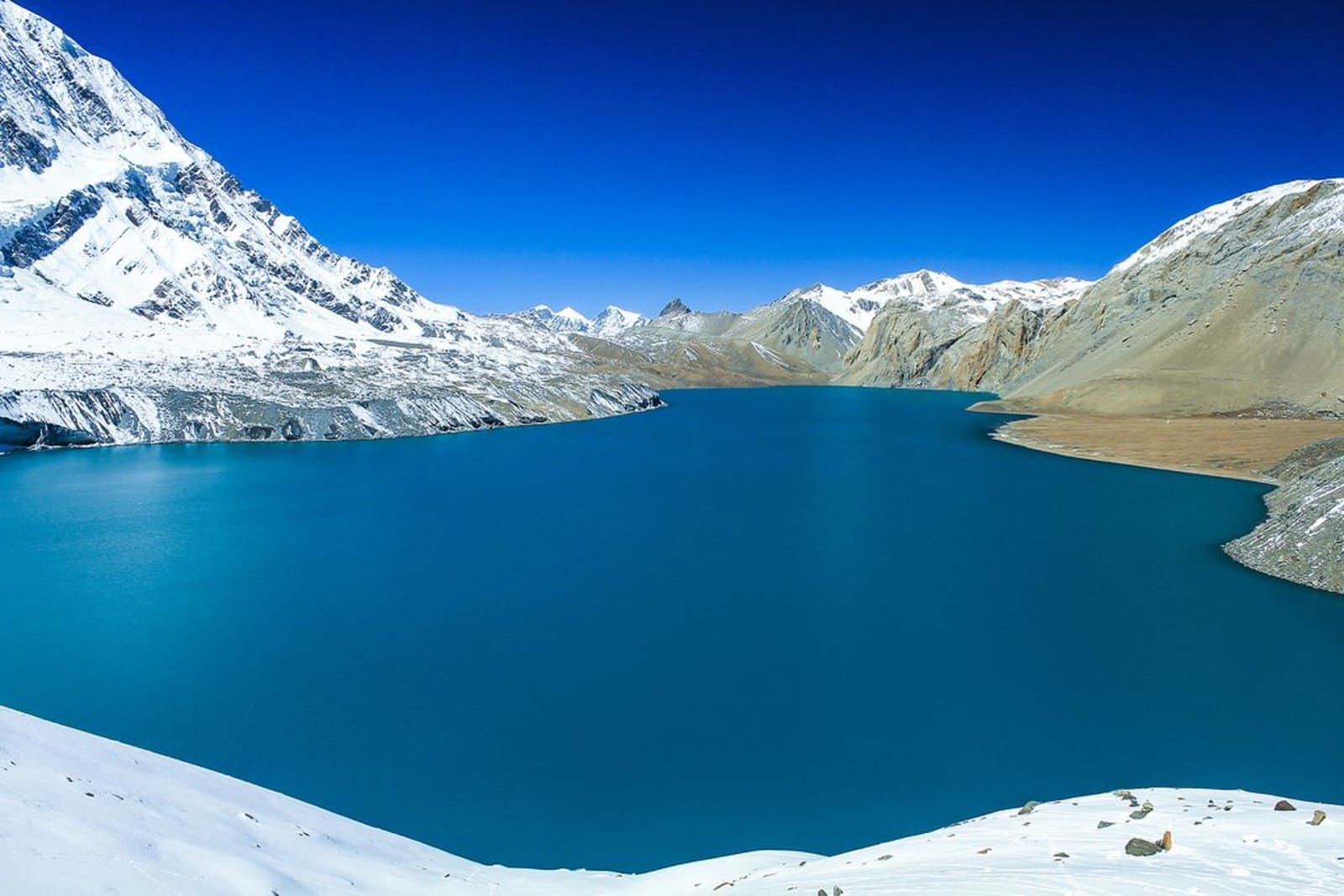
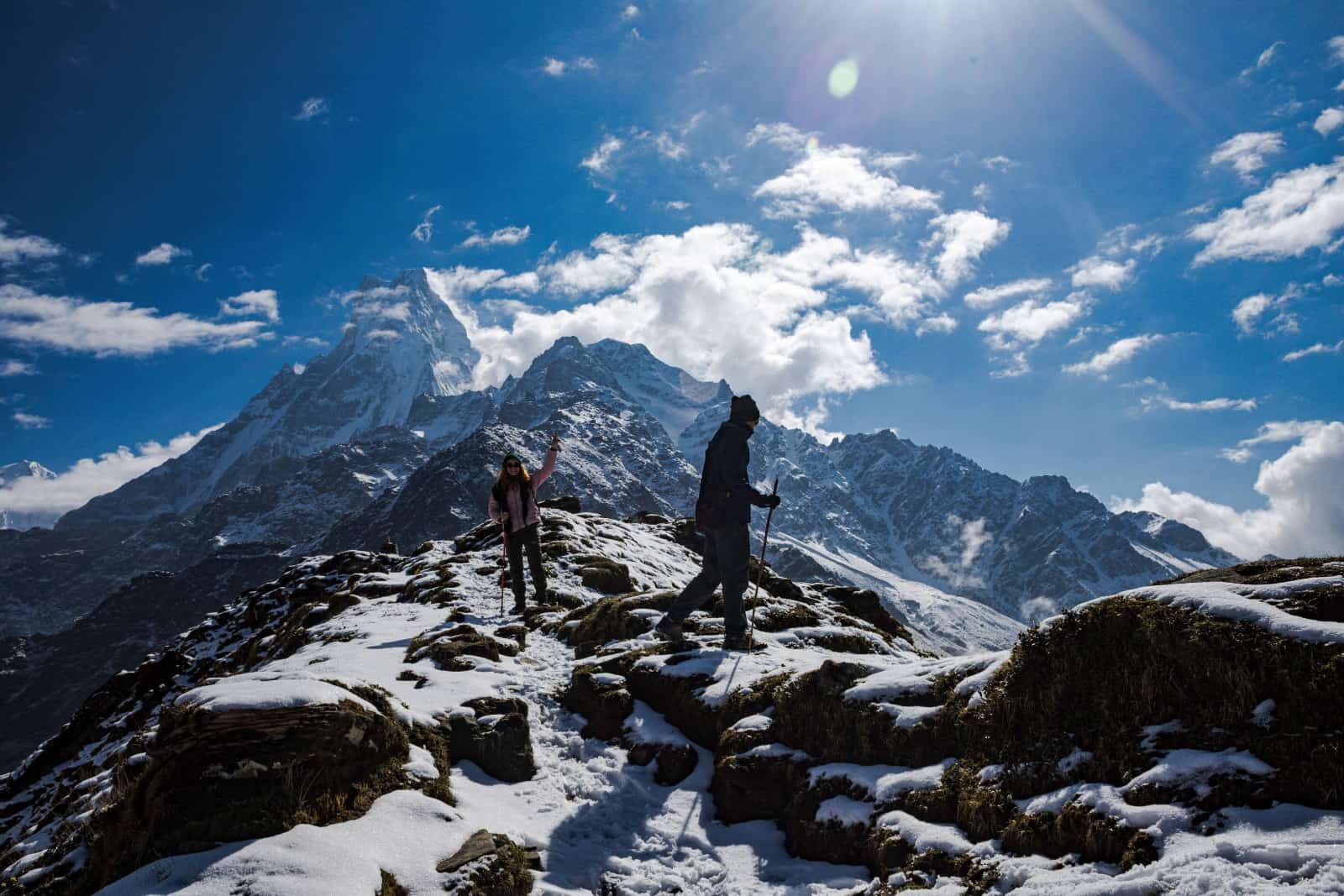
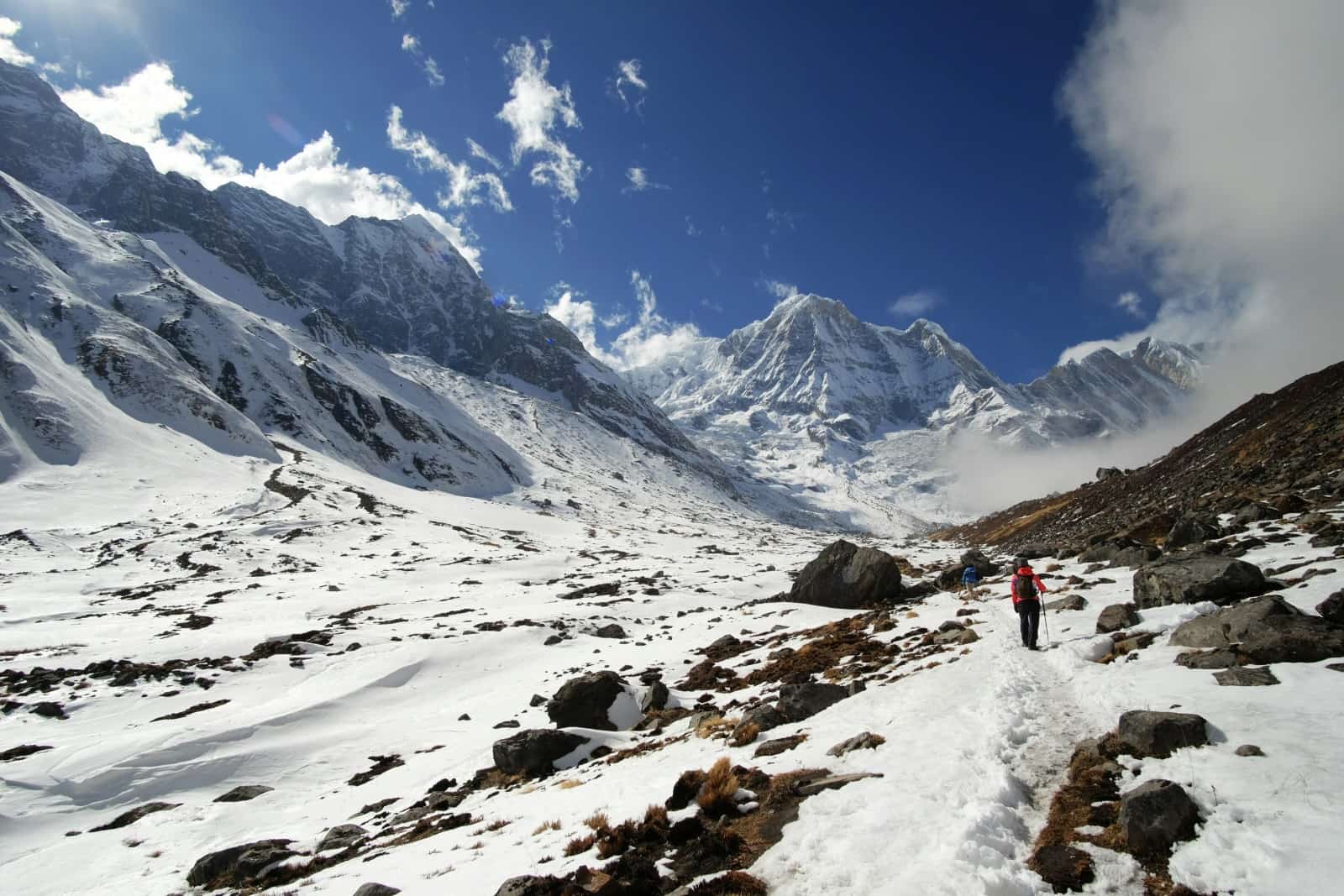
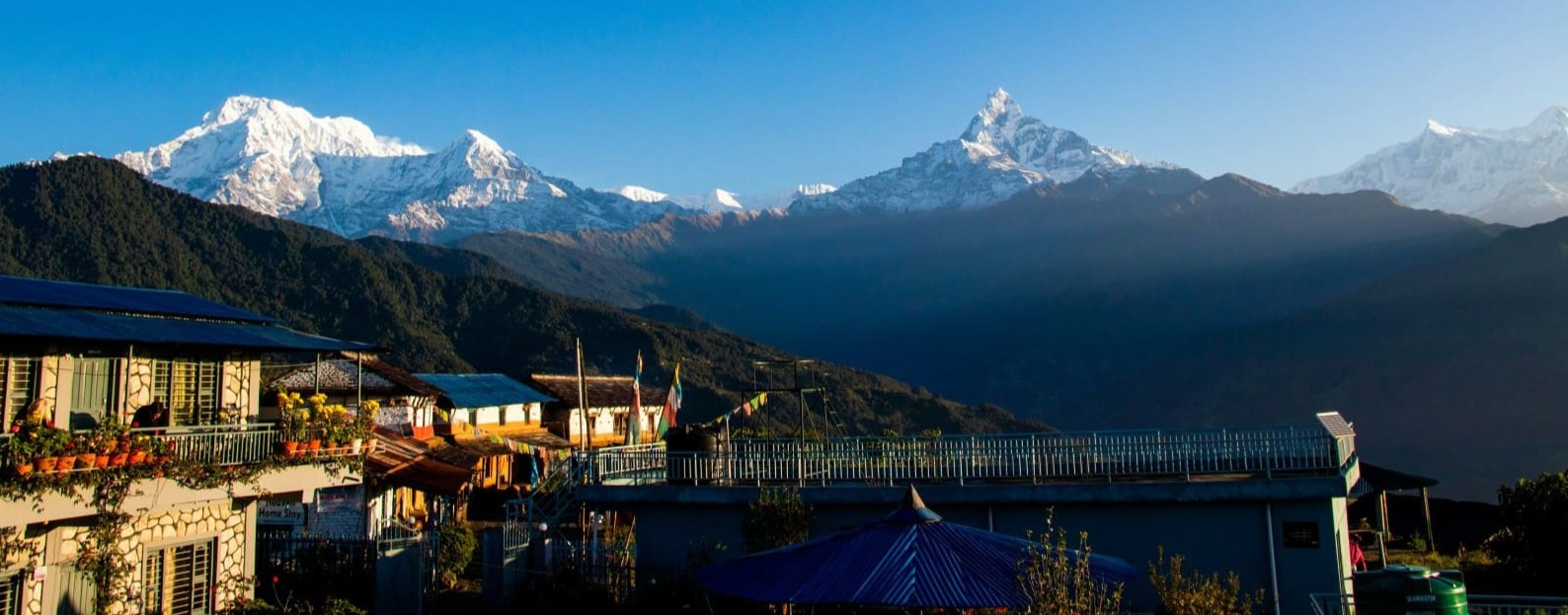
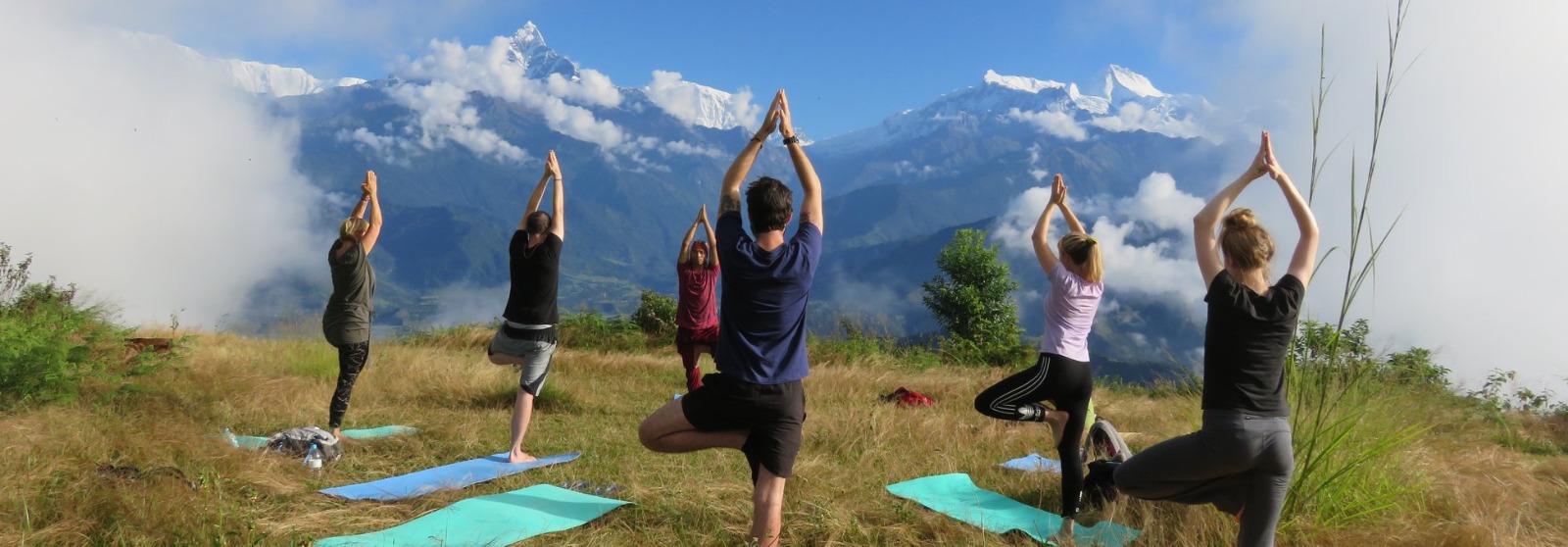
.jpg)
